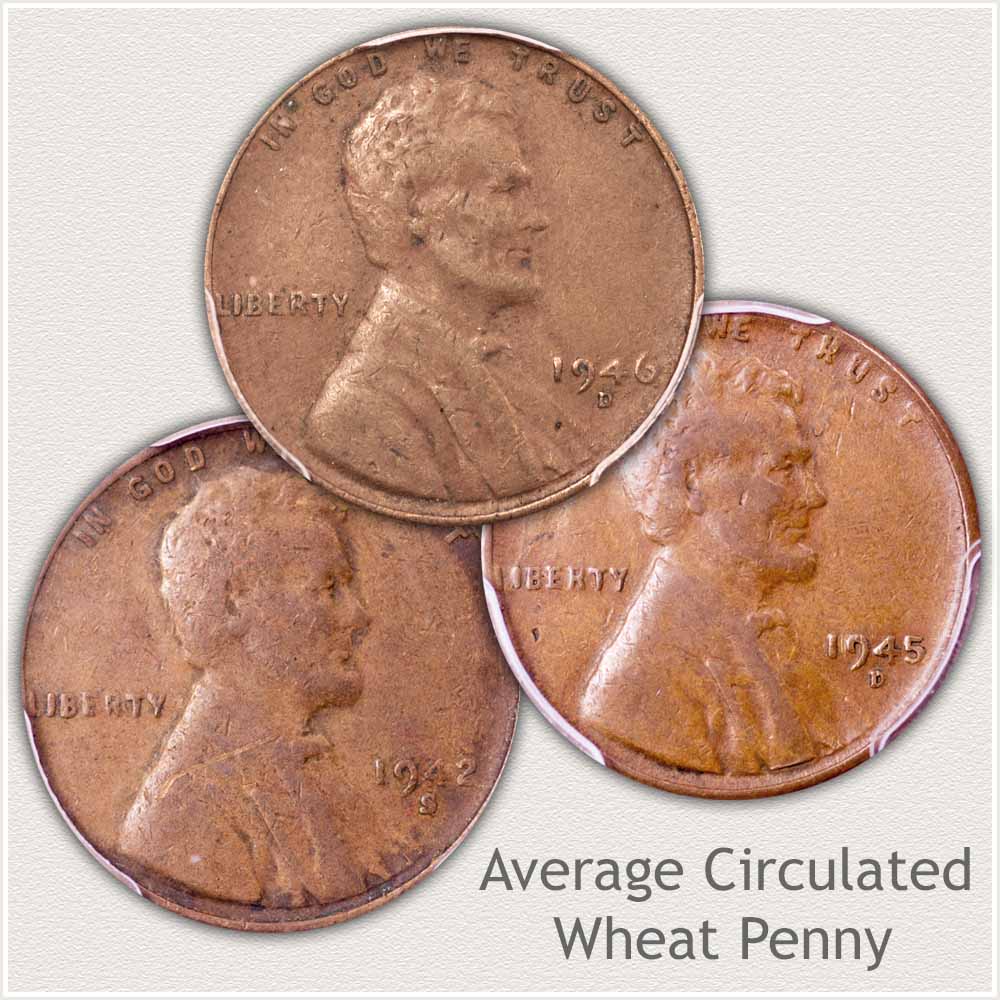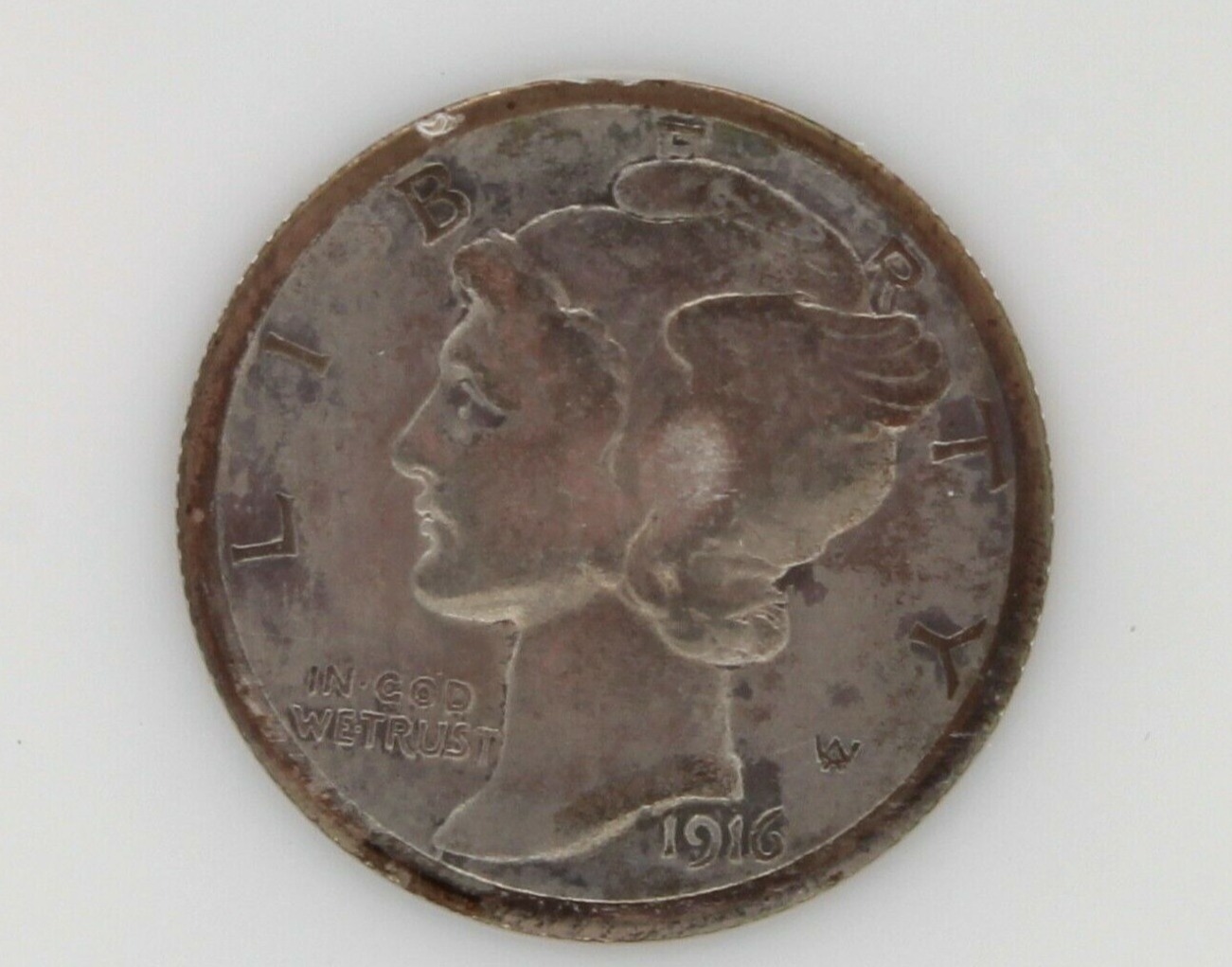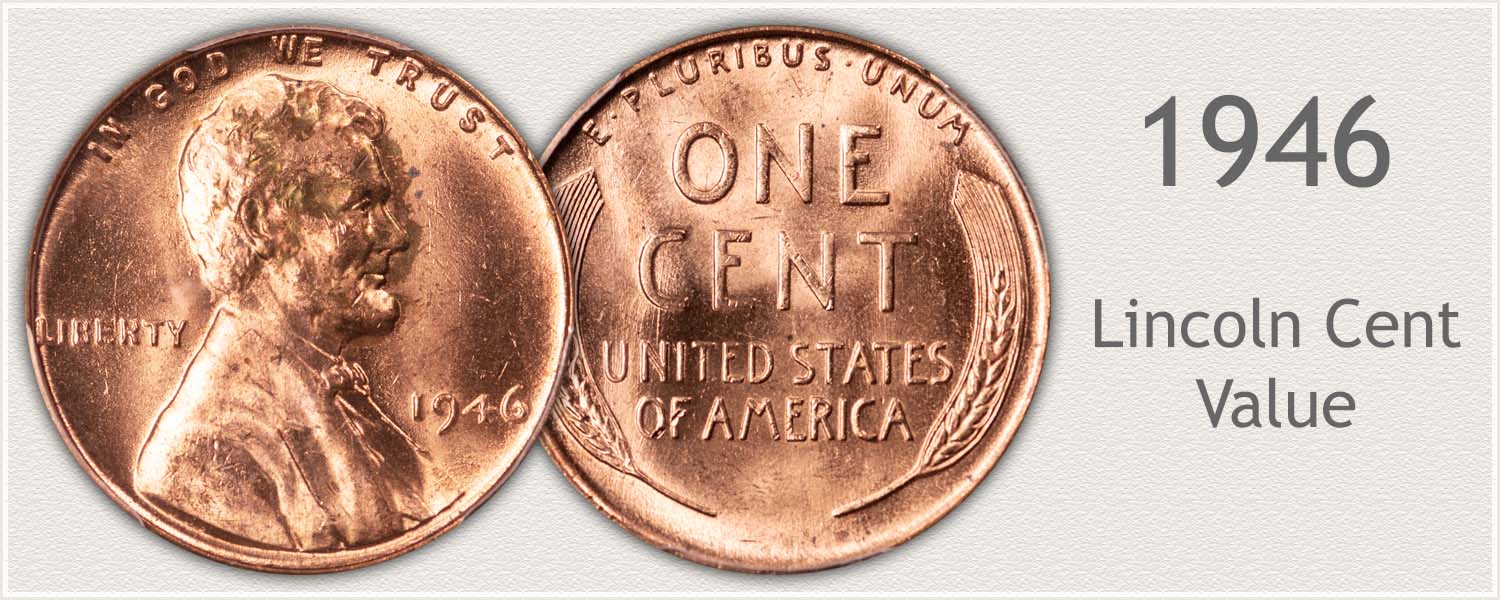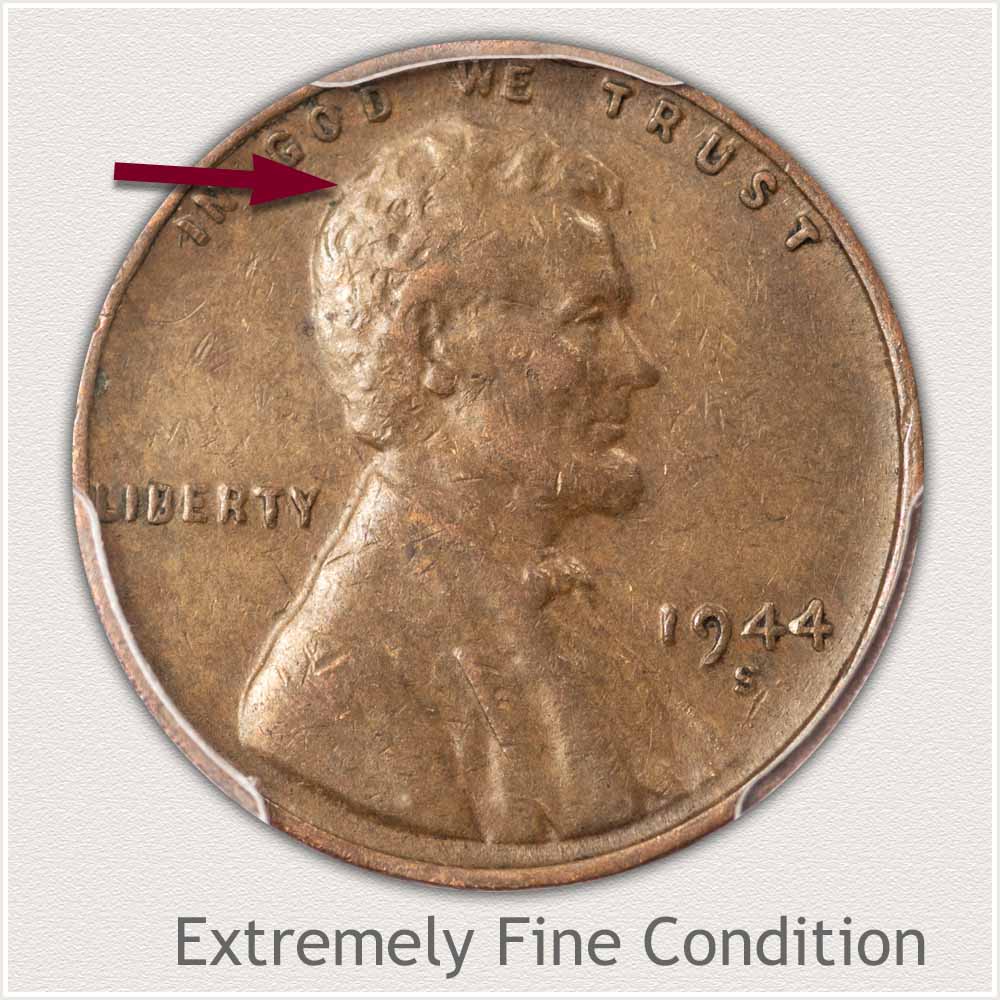
The 1946 circulated penny is a fascinating coin that holds significant historical value. As a collector, understanding how to value this coin is essential to making informed purchasing decisions or determining the worth of your existing collection. In this article, we will explore five ways to value a 1946 circulated penny, considering factors such as condition, rarity, demand, and provenance.
Understanding the 1946 Circulated Penny

The 1946 circulated penny was minted during a time of great economic and social change in the United States. With the country still reeling from the effects of World War II, the demand for coins was high. The 1946 penny features a portrait of Abraham Lincoln on the obverse and a wheat stalk design on the reverse. The coin was minted in large quantities, with over 424 million coins produced.
Method 1: Condition-Based Valuation

One of the most critical factors in determining the value of a 1946 circulated penny is its condition. Coins that are well-preserved and exhibit minimal wear and tear are generally more valuable than those that are heavily circulated. The condition of a coin is typically graded on a scale of 1-70, with higher grades indicating better condition.
- Good (G4): $0.01 - $0.10
- Fine (F12): $0.10 - $0.50
- Extremely Fine (EF40): $0.50 - $2.00
- About Uncirculated (AU50): $2.00 - $5.00
- Mint State (MS60): $5.00 - $10.00
Factors Affecting Condition-Based Valuation
When evaluating the condition of a 1946 circulated penny, consider the following factors:
- Wear and tear: Coins that exhibit minimal wear and tear are generally more valuable.
- Corrosion: Coins with significant corrosion or damage are less valuable.
- Luster: Coins with a strong, original luster are more valuable than those with a dull or worn appearance.
- Strike: Coins with a strong, well-defined strike are more valuable than those with a weak or indistinct strike.
Method 2: Rarity-Based Valuation

Rarity is another critical factor in determining the value of a 1946 circulated penny. Coins that are scarce or hard to find are generally more valuable than those that are abundant.
- Common dates (1946-1958): $0.01 - $1.00
- Semi-key dates (1943-1945): $1.00 - $5.00
- Key dates (1942, 1949): $5.00 - $20.00
Factors Affecting Rarity-Based Valuation
When evaluating the rarity of a 1946 circulated penny, consider the following factors:
- Mintage: Coins with lower mintage figures are generally more valuable.
- Survival rate: Coins with a lower survival rate are generally more valuable.
- Demand: Coins that are in high demand are generally more valuable.
Method 3: Demand-Based Valuation

Demand is a critical factor in determining the value of a 1946 circulated penny. Coins that are in high demand are generally more valuable than those that are not.
- Collector demand: Coins that are highly sought after by collectors are generally more valuable.
- Investor demand: Coins that are in high demand by investors are generally more valuable.
- Market trends: Coins that are currently trending in the market are generally more valuable.
Factors Affecting Demand-Based Valuation
When evaluating the demand for a 1946 circulated penny, consider the following factors:
- Market trends: Coins that are currently trending in the market are generally more valuable.
- Collector preferences: Coins that are highly sought after by collectors are generally more valuable.
- Investor preferences: Coins that are in high demand by investors are generally more valuable.
Method 4: Provenance-Based Valuation

Provenance is the history of ownership of a coin. Coins with a well-documented provenance are generally more valuable than those without.
- Coins with a well-documented provenance: $5.00 - $20.00
- Coins without a provenance: $0.01 - $1.00
Factors Affecting Provenance-Based Valuation
When evaluating the provenance of a 1946 circulated penny, consider the following factors:
- Documentation: Coins with well-documented provenance are generally more valuable.
- Ownership history: Coins with a well-documented ownership history are generally more valuable.
- Pedigree: Coins with a prestigious pedigree are generally more valuable.
Method 5: Certification-Based Valuation

Certification is the process of verifying the authenticity and grade of a coin. Coins that are certified by a reputable third-party grading service are generally more valuable than those that are not.
- Coins certified by PCGS or NGC: $5.00 - $20.00
- Coins not certified: $0.01 - $1.00
Factors Affecting Certification-Based Valuation
When evaluating the certification of a 1946 circulated penny, consider the following factors:
- Grading service: Coins certified by reputable grading services are generally more valuable.
- Grade: Coins with a high grade are generally more valuable.
- Authenticity: Coins that are verified as authentic are generally more valuable.




What is the value of a 1946 circulated penny?
+The value of a 1946 circulated penny depends on several factors, including condition, rarity, demand, and provenance. Values can range from $0.01 to $20.00 or more.
How do I determine the condition of a 1946 circulated penny?
+Condition is determined by evaluating the coin's wear and tear, corrosion, luster, and strike. Coins with minimal wear and tear and a strong, original luster are generally more valuable.
What is the rarity of a 1946 circulated penny?
+The rarity of a 1946 circulated penny depends on the mintage figure and survival rate. Coins with lower mintage figures and a lower survival rate are generally more valuable.











